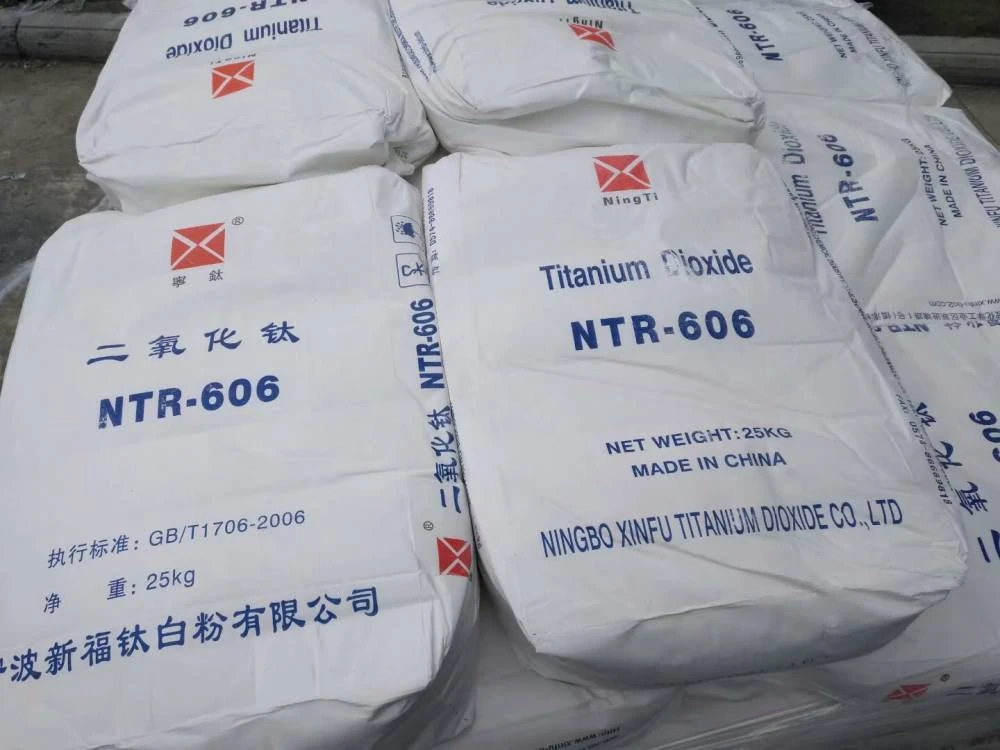
Nov . 21, 2024 14:02 Back to list
anatase type tio2
An Overview of Anatase-Type TiO2 Properties, Applications, and Future Developments
Anatase-type titanium dioxide (TiO2) has garnered considerable attention in various fields due to its unique properties and widespread applicability. As one of the three primary crystalline forms of TiO2—alongside rutile and brookite—anatase exhibits characteristics that make it particularly beneficial in applications ranging from photocatalysis to solar cells and beyond.
Structural Properties of Anatase TiO2
Anatase is characterized by its tetragonal crystal structure, which contributes to its distinct physical and chemical properties. With a bandgap of approximately 3.2 eV, anatase TiO2 can efficiently absorb ultraviolet (UV) light, making it a superior candidate for photochemical reactions. Its unique surface area-to-volume ratio, combined with its high stability under various environmental conditions, enables its effectiveness as a photocatalyst. The crystalline structure allows for enhanced electron mobility, which is essential in applications where charge separation is critical.
Photocatalysis and Environmental Applications
One of the most notable applications of anatase TiO2 is in the field of photocatalysis. Under UV illumination, anatase can facilitate the degradation of organic pollutants, thereby purifying air and water. The reactive oxygen species (ROS) generated during this process can effectively decompose harmful compounds, such as volatile organic compounds (VOCs), pesticides, and dyes. This capability is not only crucial for environmental remediation but also for the development of self-cleaning surfaces, making buildings and materials more sustainable.
Additionally, anatase TiO2 plays a vital role in the fields of water treatment and hydrogen production. Researchers have been exploring its potential to drive photochemical water splitting, a process that generates hydrogen fuel—an environmentally friendly energy source. The efficiency of anatase in these processes positions it as a significant contributor to advancements in renewable energy technologies.
anatase type tio2

Anatase TiO2 in Photovoltaic Cells
The emergence of perovskite solar cells has reinvigorated interest in using anatase TiO2 as a scaffold material due to its excellent transport properties and stability. In dye-sensitized solar cells (DSSCs), anatase TiO2 serves as a photoanode where dye molecules absorb light and inject electrons into the conduction band of TiO2. This injection process, followed by electron transport through the TiO2 network, enhances the overall efficiency of solar energy conversion. Efforts to optimize the morphology of anatase TiO2 at the nanoscale, through techniques like sol-gel synthesis and hydrothermal processes, have further improved the performance of these devices.
Challenges and Future Directions
Despite its promising applications, several challenges face the utilization of anatase TiO2. The need for visible light absorption is one critical issue, as anatase effectively absorbs only UV light. Researchers are investigating various doping techniques to enhance its photocatalytic efficiency under visible light, such as incorporating elements like nitrogen or carbon. Moreover, achieving stable performance in real-world applications, where environmental factors can lead to degradation, remains a focal point of research.
Furthermore, the scalability and economic viability of producing high-purity anatase TiO2 remain challenges that necessitate exploration. Advances in synthesis methods and recycling processes could potentially lead to more sustainable production techniques, aligning with the global push towards greener technologies.
Conclusion
Anatase-type TiO2 is a material with remarkable versatility and potential. Its unique properties make it a frontrunner in photocatalysis, environmental remediation, and energy conversion technologies. As research continues to overcome existing challenges and unlock new applications, anatase TiO2 stands poised to play a significant role in addressing some of the critical challenges we face in energy and environmental sectors. With ongoing innovations and discoveries, the future of anatase TiO2 looks promising, paving the way for sustainable technological advancements.
-
Premium 6618 Titanium Dioxide for GPT-4 Turbo Applications
NewsJul.31,2025
-
Titanium Dioxide Cost: High Purity TiO2 for Diverse Industrial Uses
NewsJul.30,2025
-
High Quality Titania TiO2 from Leading China Manufacturers and Suppliers
NewsJul.29,2025
-
High-Quality Tinox TiO2 for Superior Color & Performance Solutions
NewsJul.29,2025
-
High Quality Titania TiO2 from Leading China Supplier & Manufacturer
NewsJul.29,2025
-
High-Performance r6618 TiO2 for Superior Whitening and Versatility
NewsJul.28,2025
